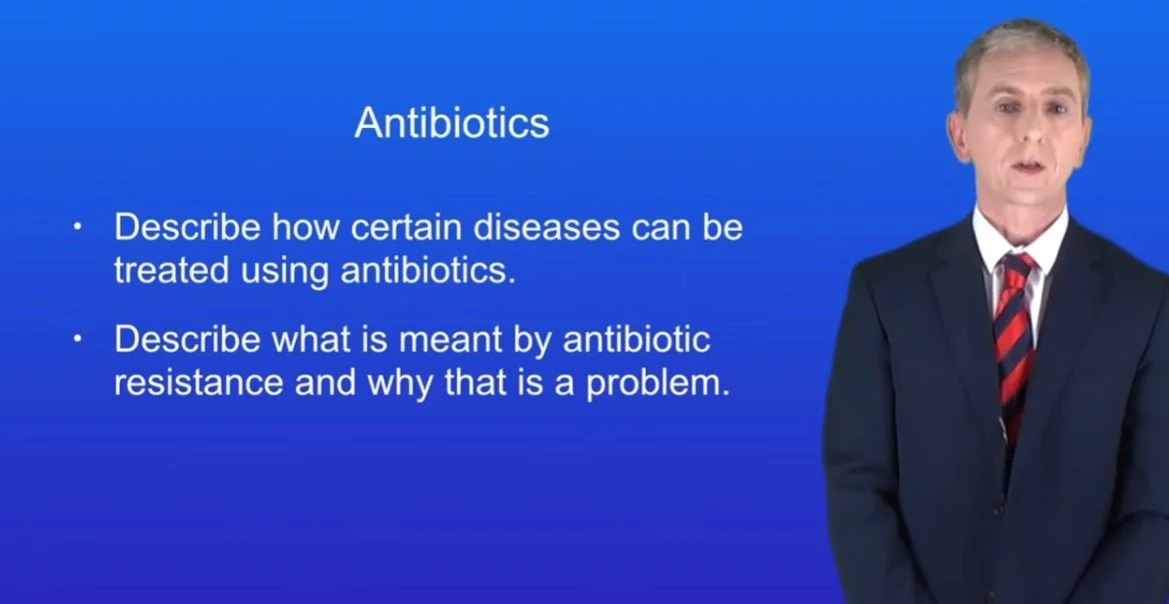Shaun Donnelly’s Free Science Lessons videos
I’m writing about Shaun Donnelly’s Free Science Lessons because they are a near perfect example of how clarity, structure, and cognitive-load control make online teaching effective.
Here’s why his approach works so well.
🎥 1. Laser-focused micro-lessons
Every video tackles exactly one learning point — e.g. “Ionic bonding explained” or “Photosynthesis: the light-dependent reaction.”
Each lasts 2–5 minutes, matching the average concentration span of a GCSE student.
Students can revise in short bursts, re-watch easily, and feel constant progress.
🧠 2. Cognitive-load balance
Shaun removes all distractions: plain background, steady camera, clear diagrams, calm narration.
He introduces one idea at a time, building in logical sequence — ideal for GCSE cognitive load levels.
His voice pacing is deliberate: slightly slower than classroom delivery but with consistent rhythm, reducing working-memory strain.
🧩 3. Visual economy
Uses simple white-board-style graphics drawn as he speaks.
The drawing evolves alongside explanation — engaging mirror neurons, keeping the learner visually anchored.
No animations, music, or cuts; the learner’s attention never shifts away from the concept.
🗣️ 4. Language precision
Avoids colloquialisms and filler words.
Uses exam vocabulary exactly as found in mark schemes (“energy transferred by heating,” “mass number,” etc.).
Reinforces definitions verbatim — invaluable for recall during GCSE exams.
📚 5. Consistency and schema building
Every video follows the same structure:
Recall prompt or context
Step-by-step explanation
Key definition or formula
Quick example question
That repetition builds schema familiarity — students instinctively know what to expect and where to focus.
💡 6. Pedagogical strengths
Retrieval practice: revisits prior knowledge before introducing new.
Dual coding: visual + verbal explanation without split attention.
Chunking: complex processes (like meiosis) broken into logical sub-steps.
Mastery focus: every term defined and rehearsed aloud.
📈 7. Production choices
Uniform lighting and identical framing = zero novelty effect between topics.
Excellent audio clarity — high signal-to-noise ratio improves comprehension.
Minimal editing ensures authenticity; students feel like they’re with a teacher, not a performer.
🧭 Why it matters
His format embodies evidence-based teaching principles:
Cognitive Load Theory (Sweller)
Dual Coding (Paivio)
Retrieval Practice (Karpicke & Roediger)
Worked Example Effect
Essentially, he’s done for GCSE science what Khan Academy did for maths — but specifically for UK specifications.
